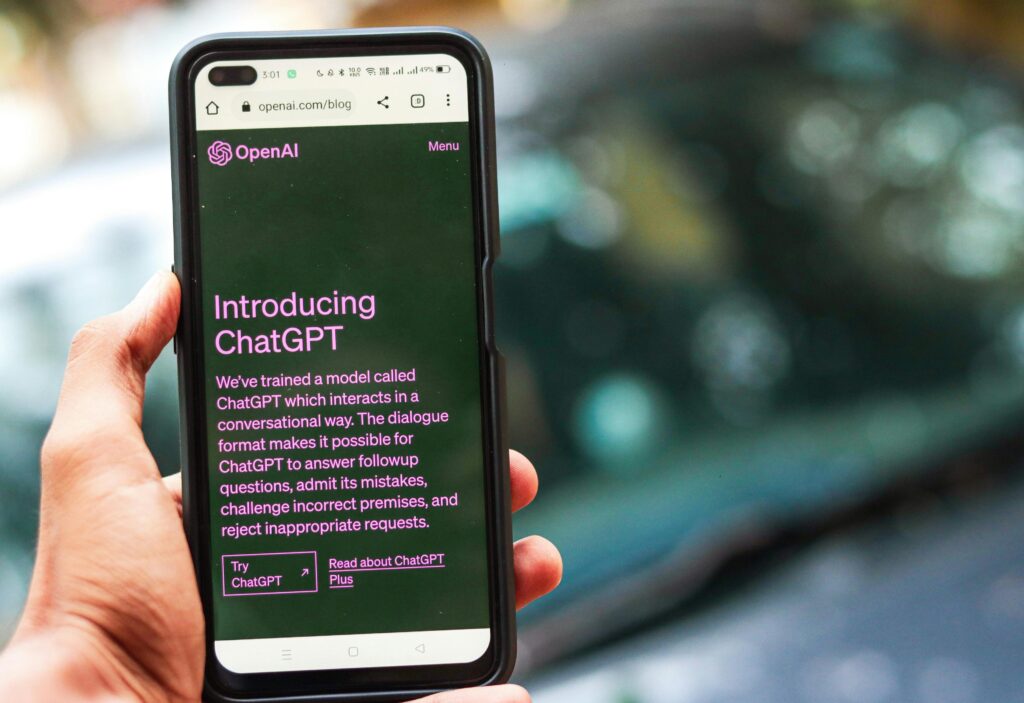Artificial-intelligence (AI) agents have left the lab. Early adopters already use them to tighten brand narratives, A/B-test campaigns overnight, support C-suite decisions with fresh insight, prove fundraising stories with real data, and keep distributed teams rowing in the same direction.
This guide explains exactly how AI agents do that and shows you where to start.
1. What is an AI agent (in plain English)?
An AI agent is a piece of software that
- perceives its environment (website analytics, CRM data, survey replies);
- reasons over the data with rules or models; and
- acts on your behalf to reach a goal (rewrite copy, flag an outlier, draft a slide).
Because it can loop through those steps in seconds, an agent feels less like a traditional script and more like a junior analyst who never sleeps.
2. Why marketers and strategy leads care
| Use case | How an AI agent helps today |
|---|---|
| Brand positioning | Reads customer verbatims, detects the phrases that resonate, suggests sharper positioning sentences. |
| Campaign messaging | Generates headline variants, predicts CTR uplift, allocates budget across channels automatically. |
| Strategic decisions | Synthesises market data and expert opinion into a risk-weighted recommendation you can defend in the boardroom. |
| Fundraising readiness | Benchmarks traction metrics against comparable rounds and drafts a narrative that addresses investor objections. |
| Internal alignment | Checks pulse-survey data, spots conflicting perceptions, recommends concrete next steps for leaders. |
3. How AI agents actually work
Most follow a sense → think → act loop:
- Sense – pull signals from GA4, HubSpot, public datasets, or a quick user interview.
- Think – run an LLM prompt chain, a decision tree, or a small reinforcement-learning policy.
- Act – write fresh copy in your CMS, post a Jira ticket, or update a Monday board.
Tip: Even “thinking” can stay no-code. Tools like Make.com and n8n wrap GPT-4, Claude or Gemini in drag-and-drop blocks, so non-developers can still build sophisticated agentic flows.
4. Your starter toolkit
| Tool | Good for | Why it matters to our audience |
|---|---|---|
| Make.com | Visual automation designer | Connects survey forms → GPT prompts → Slack alerts without writing code. |
| n8n | Self-hosted alternative | Lets data-sensitive teams run agent logic on-prem or inside a private VPC. |
| Dactic | Research & decision agents out-of-the-box | Behind every Dactic insight report sits a swarm of specialised agents that collect answers, score patterns, and draft recommendations — no setup required. |
| LangChain / AutoGen | Low-code frameworks | Handy if you (or your dev partner) want to embed a custom agent directly in your product. |
Spend an afternoon wiring Make.com to your LinkedIn Ads export, add a GPT-4 “rewrite for clarity” step, and watch how much faster positioning tests run.
5. Benefits vs. challenges
Benefits
- Speed – field a survey at 09 h, have the first insights before lunch.
- Scale – test a hundred campaign messages while your human team reviews the top ten.
- Objectivity – the agent flags bias in fundraising decks or leadership comms you might miss.
Challenges
- Data quality – junk in, junk out (set validation rules).
- Goal alignment – instruct the agent with crystal-clear objectives.
- Governance – log every action, keep a human veto switch.
6. First project template (30 min)
- Pick one burning question from the table above.
- In Make.com: trigger on new Fillout responses → send answers to GPT-4 with “summarise main pain points” → drop the summary in Slack.
- Review, tweak, repeat weekly.
Congratulations: you now run an agentic feedback loop.
7. Looking ahead
Agents are getting multi-modal (text + images + audio), more specialised (swarms), and more regulated. Early movers who learn to orchestrate them safely will turn insight into unfair advantage.
Ready to see agentic research in action? Join the Dactic waitlist and unlock early access to our AI-powered insight engine.
